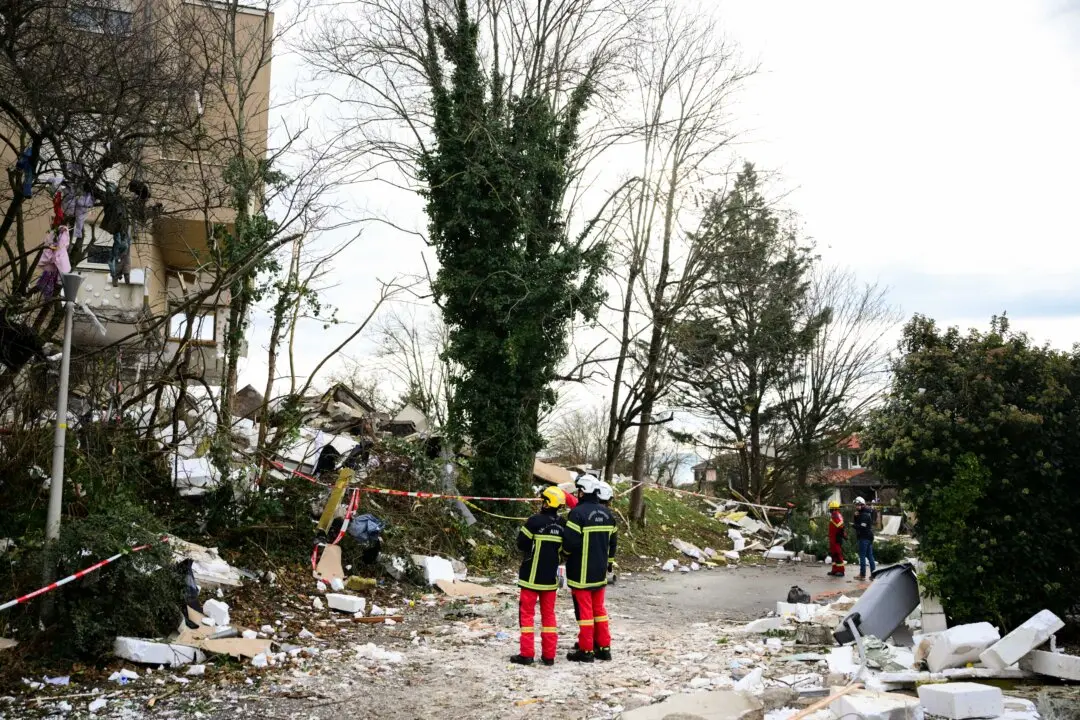Read the series here: Unbridled Evil
The Reality Behind China’s Economic ‘Miracle’ (Part II)
Section 4: Money Made in Real EstateSection 5: Slavery in Modern ChinaSection 6: China PollutedSection 7: The Chinese Communist’s Way of Environmental Protection- City Officials Choose Growth Over Environment
Transplanting Trees Campaigns: ‘ignorant and stupid’
Government Suppresses Desires for Clean Environment
Section 4: Money Made in Real Estate
Closely related to the frequent land grabs were the opportunities to make a lot of money in real estate. In a regime where the legitimacy of the ruling party is measured by how well the economy delivers, municipal and lower level officials are highly motivated to take credit for advancements in the local economy. One way to boost their resumes and inflate the growth figures in their territory is by promoting real estate development. It can accomplish several things at once. The land use fees paid by the real estate developers is a major source of local fiscal revenue. The real estate business also increases an array of related sectors such as steel, cement, construction, furniture, and consumer electronics. At the same time, it reduces unemployment, which is a major factor affecting state stability.Unaffordable Housing
The triad of state bank, local government, and real estate developers brought about a highly profitable system for all except for the poor Chinese farmer. The local governments leased the lands to the developers, who borrowed the money from state banks. The land lease fee, housing price, and loan amount are thus tightly bound together. When the local government hiked up the land lease fees for more fiscal revenue, and while housing prices continue to escalate due to growing development costs, the banks are placed in a quandary: they must play along and approve large, questionable loans because they can’t let the housing market falter. Yet, they cannot afford defaults by the developers.The average housing price in China is beyond what can be afforded by a normal family.





